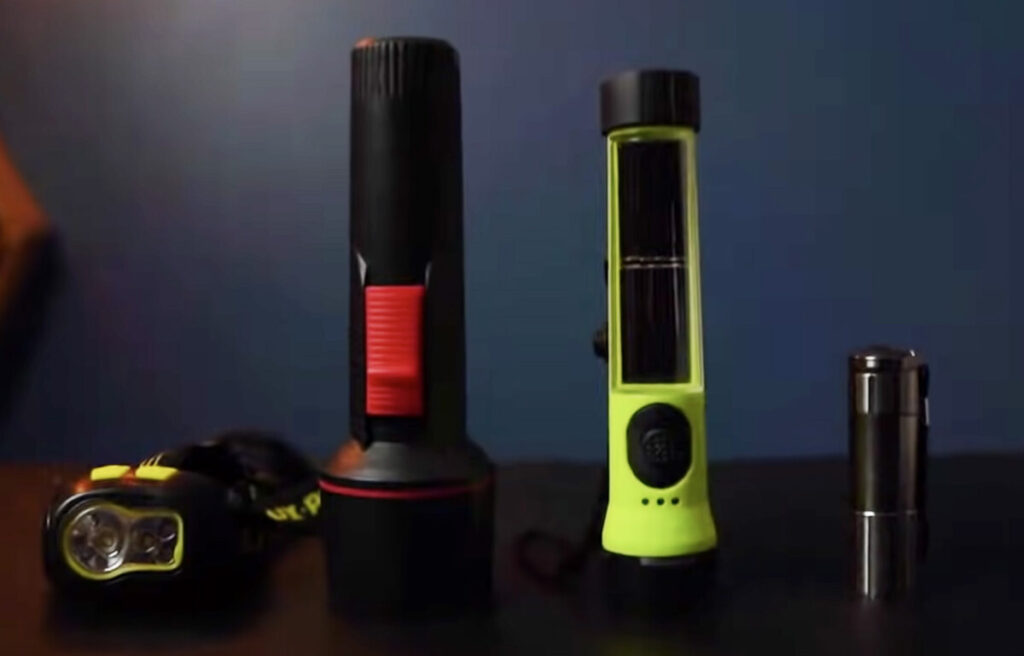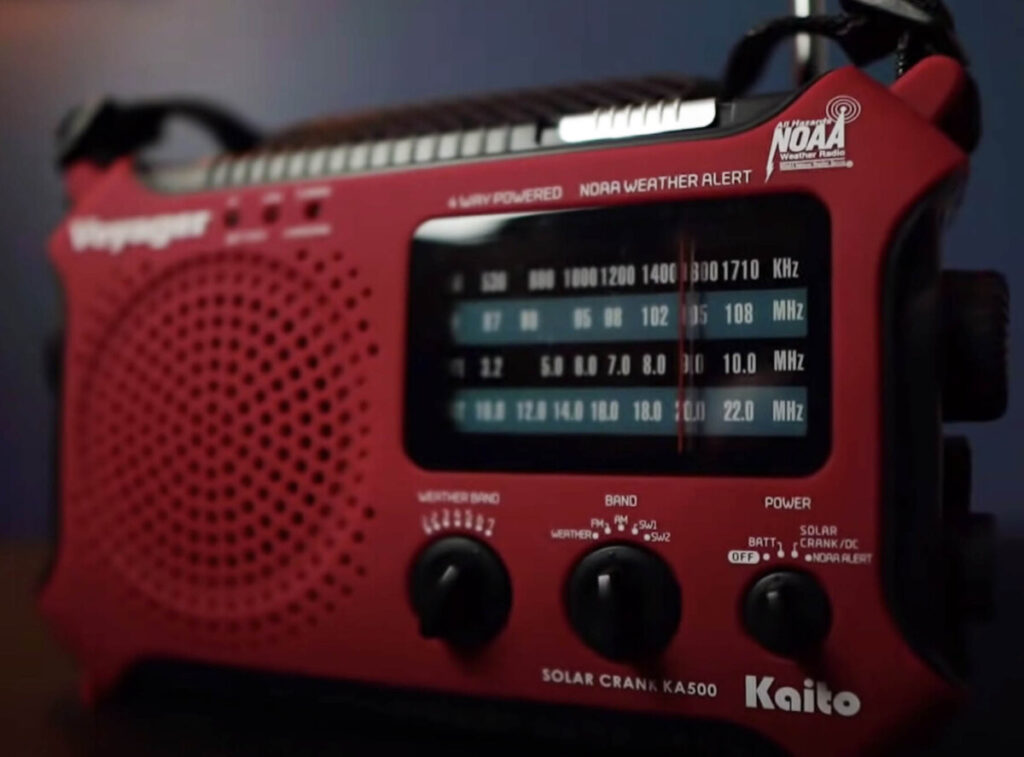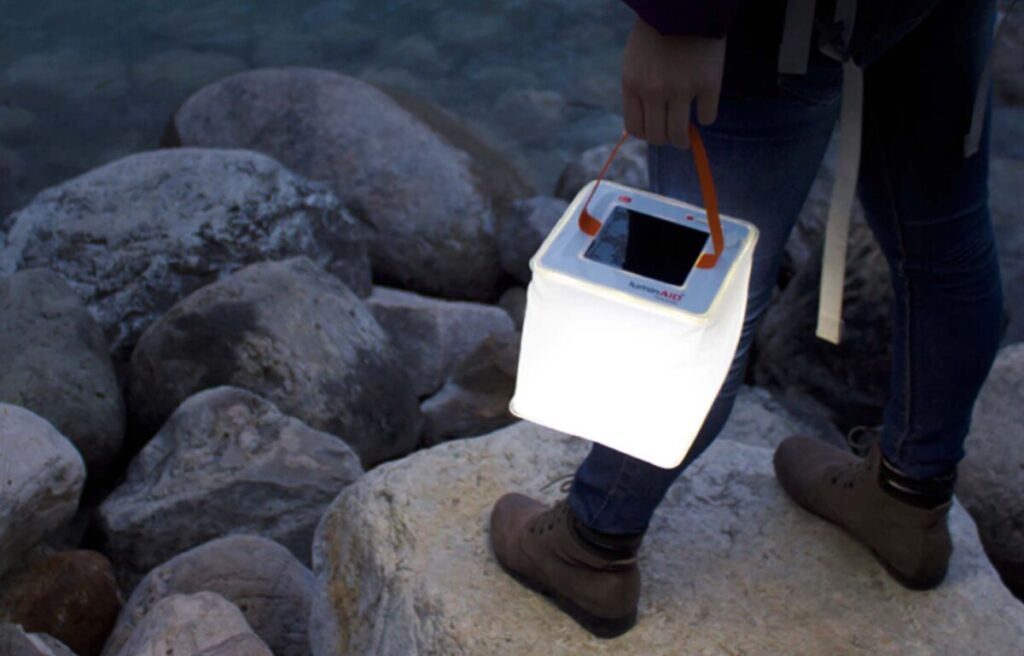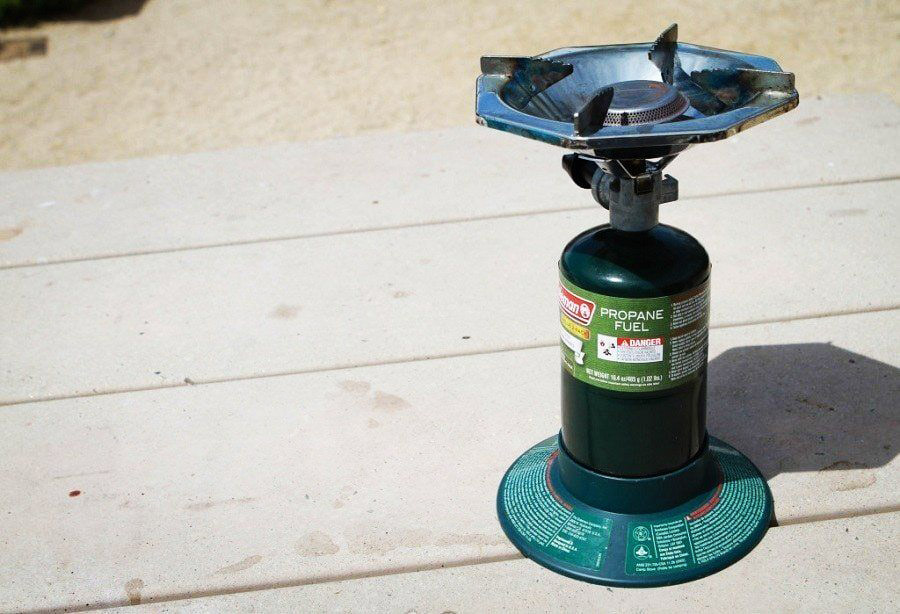When many people get into prepping, they commonly focus on fantasies about the end of the world and building a bug-out bag to help prepare them.
But the truth is these scenarios only come around every hundred years or so, if that. That’s why an end of the world disaster scenario should be one of the last things you’re prepping for and not the first.
But what scenario does play out across the country regularly is black outs. The average person can realistically expect to lose power two to three times each year, and each incident can last up a few days if not longer.
A blackout is a scenario people should start preparing for simply because it’s more realistic to happen. And that’s why the very first thing that you should build is a blackout bag, or a bag of survival items designed to help make it easier for you to get through the next blackout scenario you find yourself in.
To be prepared or a power outage, you will need to build a “Black Out Bag” or a home emergency kit. You will want to keep this emergency kit in an easy to reach location and make sure everyone in your family knows where to find it. Your power outage kit should include at a minimum the following items.
- A Light Source
- An Emergency Radio
- Hand Warmers
- Books & Games
- Solar Charged Flashlight
- Propane Camping Stove
- Drinking-Water
1. Light Source

Be sure to invest in multiple sources of light. This includes candles, candles stands, lighters, matches, tea lights, flashlights, and lanterns.
Candles and tea lights are very cheap and provide good light (and even a little warmth), but they can also be dangerous to have around the home if you have small kids running around (not to mention they are an obvious fire hazard).
This is why directional lights like flashlight and omnidirectional lights like lanterns could be a wiser idea to set up around your house. Be sure to buy multiple lights as well as extra batteries for each one.
Another idea is to invest in a headlamp, which provides directional light like a flashlight while freeing up both hands to perform other tasks.
2. Emergency Radio

Having access to news and weather updates is vital, and in a blackout scenario cell service and the internet will likely get knocked out as well. This is why you should invest in a high quality emergency radio, and preferably one that is lighter and more compact so it’s easily portable.
Go with a radio that comes with a rechargeable battery using solar panels, cranks to manually recharge the battery, and AA batteries so you have multiple options for keeping it powered.
I am pretty happy with my Kaito Emergency Radio. It takes replaceable batteries or I can charge the built-in rechargeable battery with the hand crank, solar panel or USB charging port. With the multiple flashlights built into it and the ability to charge my cell phone from it if I needed to, I think it’s a no-brainer and a must-have in anyone’s emergency kit. You can check out my Kaito Emergency Radio on Amazon here https://amzn.to/3vdtU7O
3 – Hand Warmers
This depends on your climate, but if the power goes out in a cold environment or during a winter storm the air inside your house will get cold fast. This is why investing in hand warmers and feet warmers will be necessary to help keep yourself warm and prevent frostbite.
I recommend just buying your family a whole box. You can get about 40 hand warmers which will last you 10 hours each for around $23 on Amazon https://amzn.to/30yJMn6
4 – Books, Games, and Sources of Entertainment
Books, board games, a simple deck of cards, and other sources of entertainment are nice to have keeping yourselves occupied with things to help boost your morale throughout the duration of the emergency.
5 – Solar Charged Flashlight

One of the best kinds of flashlights to go with is a solar-charged flashlight. These flashlights come with replaceable batteries and solar panels built into the sides to keep the lights charged. Alternatively, you can also go with a solar-powered lantern that provides omnidirectional light.
There are a few different brands making these types of emergency lights these days but for a solar-charged lantern, I think LuminAid’s inflatable solar lantern are one of the best products to get. They are easy to use, lightweight and can even charge your cell phone. Check them out here https://amzn.to/3colf9M
For a solar charged directional flashlight, I like the products by Hybridlight. They have several different designs and models to choose from and many of them both spots for traditional batteries as well as a rechargeable battery that uses the solar panels. This way you can choose which power source to use. You can check out their products here https://amzn.to/3cjnUBV
6 – Propane Camping Stoves

If you can’t use your stove or microwave and the food in your fridge is about to go bad, you’ll need to turn to other ways to cook food. A small propane camping stove is an affordable and efficient option to go with.
Invest in extra canisters as well. Along with the stove and canisters, have cans of soup, ramen noodles, or freeze dried foods that don’t take up too much space and that you can easily cook throughout the duration of the emergency.
There are a lot of different brands and designs of propane burners out there. I recommend just keeping it simple and buying a few single propane tanks from Coleman and at least one burner & stand which attaches to them. You can easily find these at your local Walmart, target or you can get it on Amazon here https://amzn.to/3vcuCSB
7 – Drinking Water
Plan to have a minimum of one gallon of water per person per day in your home for as long as you plan on preparing for. For example, if you have a family of four and you want enough water stored for a week, you’ll need at least twenty eight gallons of water set aside (although in this scenario you might as well round it up to thirty because having extra water is better than having too little).
This water will be used for both drinking and personal hygiene purposes. Store the water in buckets or jugs that you store indoors at normal room temperature and outside of direct sunlight. Write down the date you store the water and plan to rotate it out at least once every six months.
Conclusion
Blackouts can realistically occur several times a year, which is why it makes sense to prepare for them. When putting together your own personal blackout bag, make sure that each of the above items are included.
Recent Posts
So 2020 was a rough year. We saw massive hurricanes, including one spot in the Gulf Coast that was stuck by two different hurricanes mere days from one another. We also witnessed one of the...
Everyone should agree that water is a top priority in any survival situation. You can only survive for a maximum of three days without it, and within just one day, you’ll already feel the...

